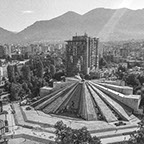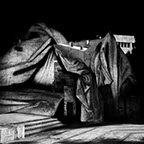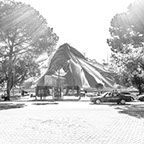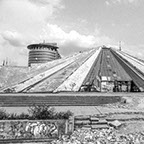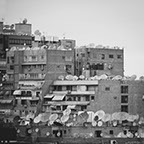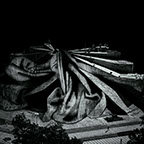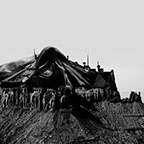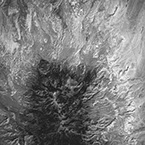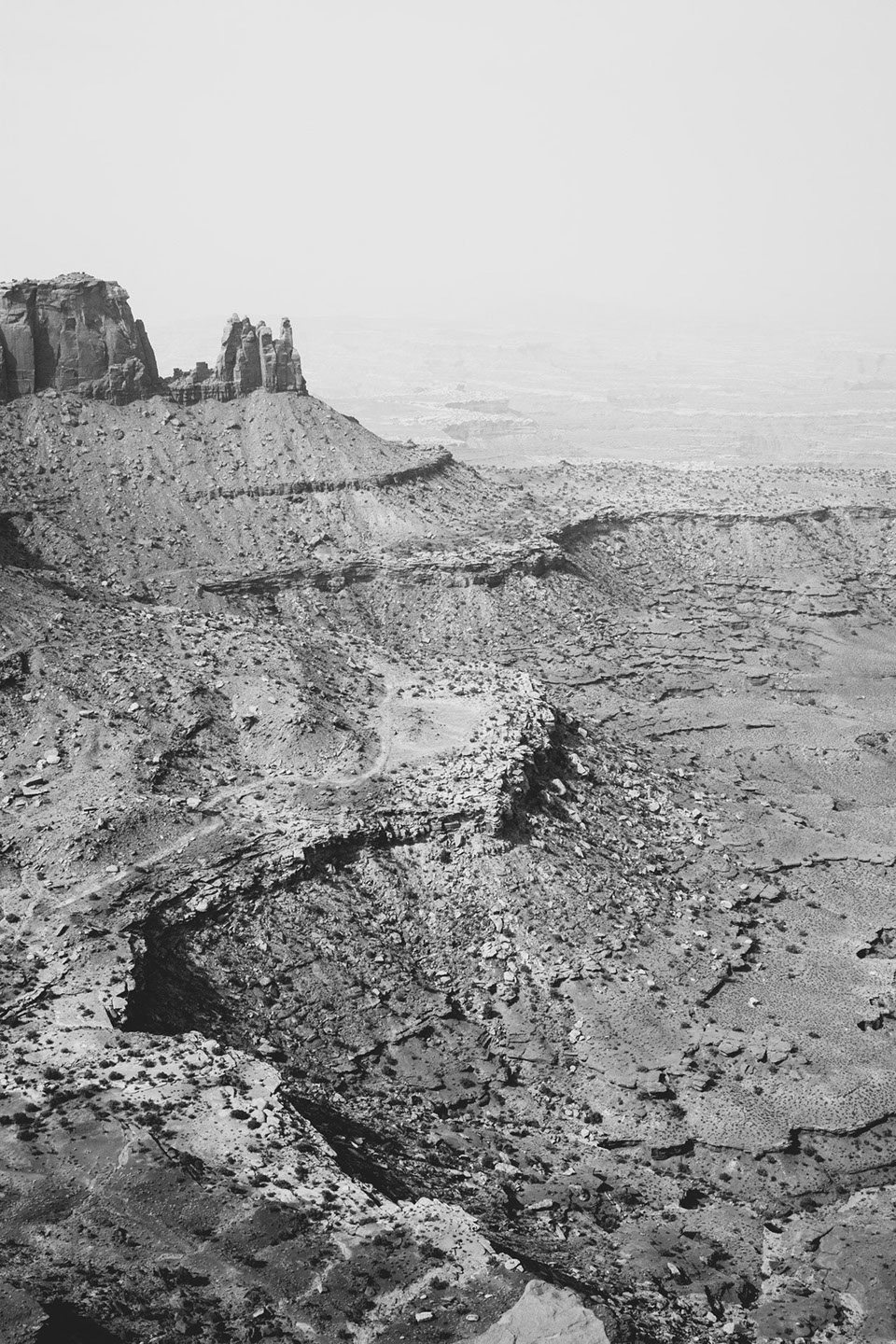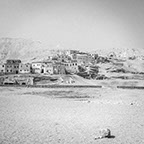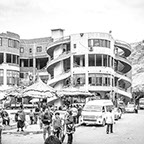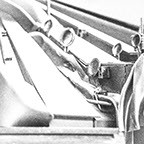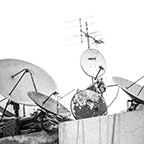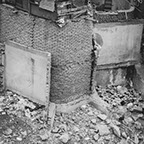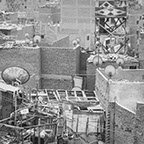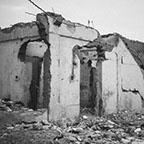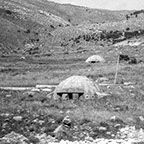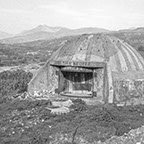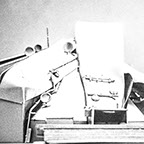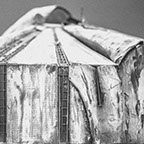Media presents facts not as raw information faithful to truths, but as constructed messages containing their own preloaded agendas and biases. There is a lack of fidelity in how information is typically represented and a certain level of unfaithfulness to truth. This is especially accelerated when the subject in question is one of the informal, unfamiliar, or one with a value system that is in opposition to the context of the perspective of the viewer. As outsiders to these places, information provided is generally our only insight or frame of view into these foreign realities. We can assume for this reason of misinformation, that these regions, countries, cities and communities are largely withdrawn to the outside and that there is a chance that their actual truths may continuously remain unknown.
This investigation questions the identity and our understanding of places that remain withdrawn. They are withdrawn because of a lack of information or because of a representation guised with falsehoods or biases. The photographs presented, depict the country of Albania, and focus on the years of its dark period (1941- 1985) in which the country was under the communist rule of Enver Hoxha following a self-imposed exile. We can refer to this period as a period of blackness in which the country became predominantly introverted and thus inherently withdrawn. Little information pertaining to Albania was disseminated to the world during this time and reciprocally, little information entered. In addition to the theme of the distribution of information, there are few figures that reoccur throughout this investigation, one is the Pyramid of Tirana, which was built by Hoxha's daughter as a mausoleum after the death of her father. Another are the instances of the hundreds of thousands of bunkers that were continuously built due to, a later proven to be false, paranoia instilled in Hoxha that the country would be invaded. And the last is the excessive abundance of satellite dishes that are tuning in to Albania's broadcasting that is now housed in the pyramid of Tirana.
This condition of blackness is very similar to the state of North Korea today. The input and output of data, facts, culture and politics remain blurry, in a middle ground where fact augments fiction and fiction augments fact. Although Albania and North Korea are an extreme case of information bias, we should learn from these conditions that media influences facts and to acknowledge that because of our trust, we are at risk, susceptible and vulnerable to manipulation. Communication and the dissemination of information construct our worldviews and shape our own reality and we may keep in mind that what is generally perceived and accepted as fact should always be accompanied with a strain of suspicious doubt.
This is an ongoing photo project in which I am interested in the aesthetics of realism. What shapes our sense of it and how through the subtle omission and addition of information can facts largely sway our perception and reading of images, and the unique aesthetic of realism each image conveys. In the following photographs, tones of black and white are used to conceal or mask details, vantage points are shifted, elements are added and some are subtracted with careful consideration to how they would normally confirm our preconceived understanding and consequently biased reading of the reality we choose to align ourselves with.
HALF-TRUTHS
UNIVERSITY OF PENNSYLVANIA
CRITIC.ORKAN TELHAN | JASON PAYNE
2015-2016
